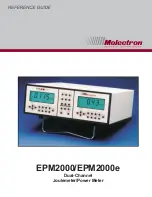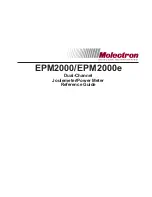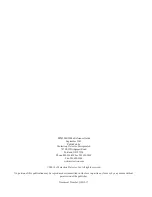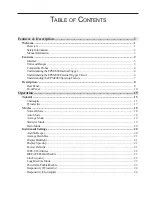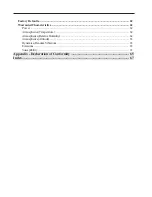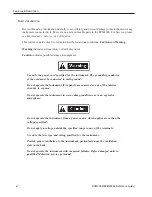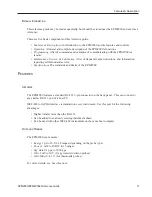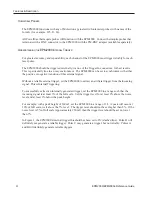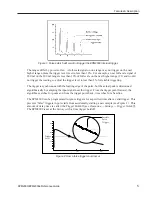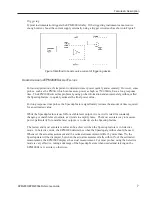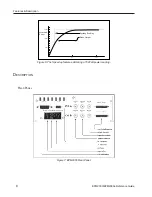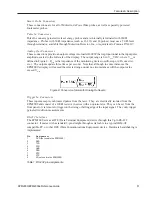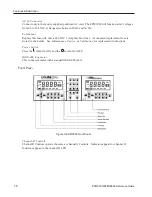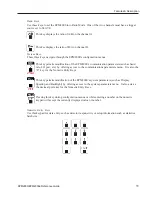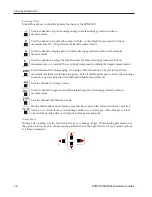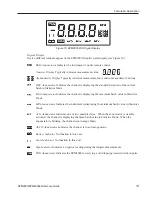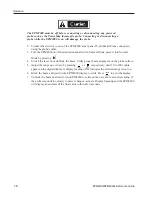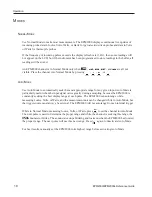
Features & Description
EPM2000/EPM2000e Reference Guide
3
M
ANUAL
I
NFORMATION
This reference guide may be read sequentially, but should be stored near the EPM2000 and used as a
reference.
There are five basic components of this reference guide:
•
Features & Description
An introduction to the EPM2000 and its features and controls
•
Operation
A tutorial and complete description of the EPM2000’s functions
•
Programming
A list of commands and examples of communicating with the EPM2000 via
remote
•
Maintenance, Service, & Calibration
A list of frequently asked questions, and information
regarding calibration and service
•
Specifications
The standards and limits of the EPM2000
F
EATURES
I
NTERFACE
The EPM2000 features a standard RS-232 9-pin connector on the back panel. This can connect to
any similar RS-232 port of a host PC.
IEEE-488 (or GPIB) interface is standard on every instrument. Use this port for the following
advantages:
• Higher transfer rates than the RS-232
• Can be added to an already existing instrument chain
• Can be used with other IEEE-488 instruments on the same host computer
U
NITS
AND
R
ANGES
The EPM2000 can measure:
•
Energy
1 pJ to 10 J in 28 ranges (depending on the probe type)
•
Power
1 mW to 10 KW in 15 ranges
•
Rep Rate
0.1 pps to 1000 pps
•
Volts
2 mV to 30 V (for pyroelectric/silicon probes)
•
Volts
200 µV to 1 V (for thermopile probes)
For more details, see
Specifications
.
Summary of Contents for EPM2000
Page 2: ...EPM2000 EPM2000e Dual Channel Joulemeter Power Meter...
Page 3: ......
Page 4: ...EPM2000 EPM2000e Dual Channel Joulemeter Power Meter Reference Guide...
Page 23: ...Features Description EPM2000 EPM2000e Reference Guide 14...
Page 39: ...Operation EPM2000 EPM2000e Reference Guide 30...
Page 73: ...Specifications EPM2000 EPM2000e ReferenceGuide 64...
Page 75: ...Appendix Declaration of Conformity EPM2000 EPM2000e Reference Guide 66...


